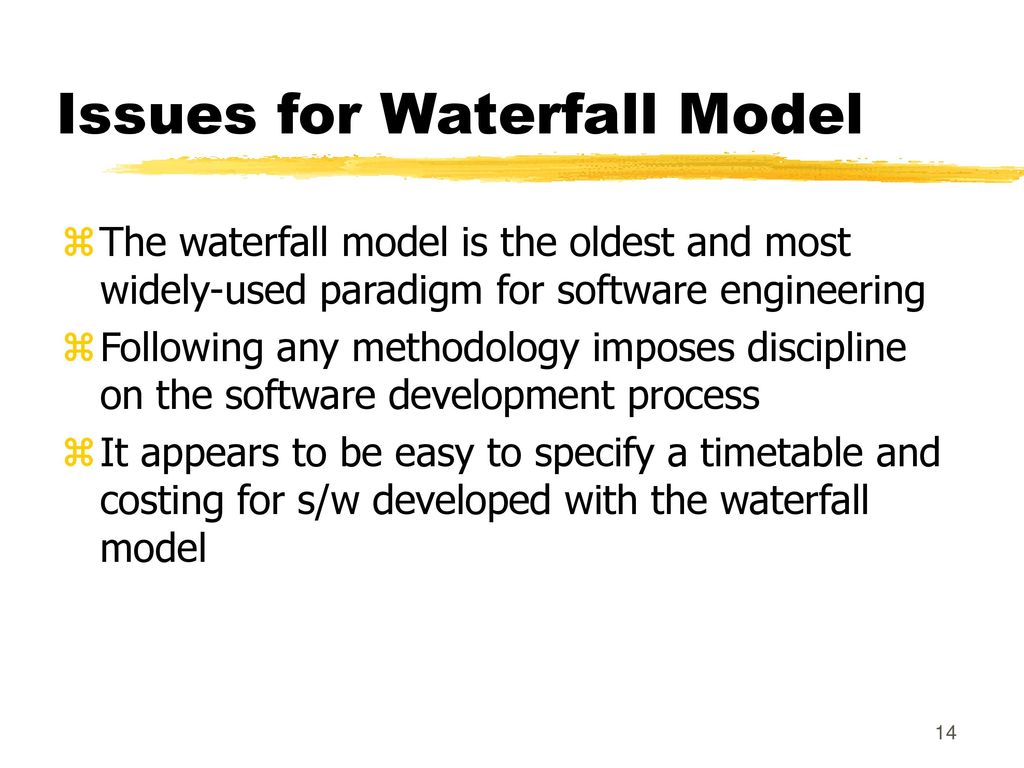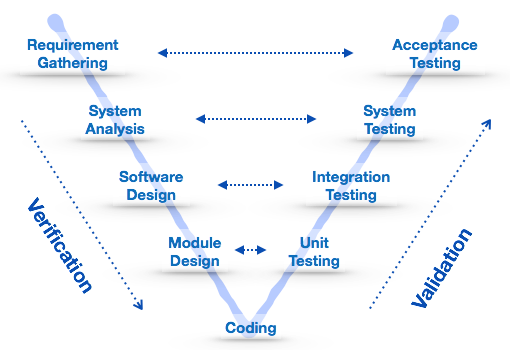Software Engineering Paradigm Notes

As engineering organizations across North America struggle with the concept of opening their doors to and registering -- or even licensing -- software engineers, questions naturally arise about what software engineering actually entails. How do we qualify and evaluate software engineers? How do we validate their experiences? A first reaction may be to approach these tasks in the same way that we have done for all other engineering disciplines. However, software engineering differs from structural, mechanical, and electrical engineering in subtle ways.
The differences are linked to the soft, but rather unkind, nature of software. In this article, I explore four key differentiating characteristics: • Absence of a fundamental theory • Ease of change • Rapid evolution of technologies • Very low manufacturing costs Absence of a Fundamental Software Theory Despite all the research done by computer scientists, there is no equivalent in software for the fundamental laws of physics. This lack of theory, or at least the lack of practically applicable theories, makes it difficult to do any reasoning about software without actually building it. During design, software can be structured and partitioned into chunks, but the real thing (once it crawls inside a computer) is actually totally unstructured, so that anything that goes wrong somewhere can corrupt something somewhere else.
The absence of solid and widely applicable theory also means that the few software engineering standards we do have rely on good practice alone, whereas building codes in other disciplines can trace their rules to sound physical principles. Ease of Change Software is, almost by definition, easy to change, so naturally, organizations want to take advantage of this characteristic. There is pressure to change software throughout its entire development and even after it's delivered.
If you're building a bridge, you don't have this kind of flexibility. You cannot say, 'Hmm, now that I see the pilings, I would like this bridge to be two miles upstream.' But it is very, very difficult to change software in a rigorous fashion, with all ramifications of all changes fully understood and completely coordinated.
Again, because of the absence of solid theory, it's hard to validate a change set and its impact without actually doing all the changes. Most of the damage that is done to software is done through changes. Rapid Evolution of Technologies Software development techniques, and the environment of software itself, are changing at an extremely rapid pace that does not allow for progressively consolidating a body of knowledge. This puts a lot of pressure on companies to train and re-train their software engineers, and some do not really understand why they have to spend four times more per capita on training than do people from other disciplines. This makes the initial training software engineers have received less important, except for the most general education, such as math and so on -- especially when this original training occurred twenty-five or more years ago. This rapid evolution also means that it is more and more difficult to maintain and evolve 'legacy' systems -- as the recent Y2K scramble has demonstrated -- because the technologies used some ten years ago are not in use any more, and people who still have mastery over them are rather rare. The norms and standards also have to evolve rapidly to catch up with technology evolution.
Software engineering paradigm Published on Mar 7, 2016 Software Engineering is an engineering branch associated with development of software product using well-defined scientific principles, meth. Software engineering is a technological discipline that combines the concepts of computer science, economics, communication skills, and management science with the problem-solving approach of engineering.

Finally, software engineering, unlike other disciplines, has not had the benefit of hundreds or thousands of years of experience. Very Low Manufacturing Cost First, I would like to note a slight shift in paradigm. Software engineers speak about design, but by this they mean only a high-level description of their intent, and then they think of program construction as akin to manufacturing. Actually it is not -- program implementation is more like preparing a cast in mechanical engineering.
Also, for a software engineer, a prototype is roughly equivalent to a scale model; it's pretty incomplete. Gemini firstmix pro. The real 'manufacturing' of software entails almost no cost; a CD-ROM, for example, costs less than a dollar, and delivery over the Internet only a few cents. Often it doesn't matter if the design -- that is, the initial program -- is a bit wrong; we can just fix it and manufacture it again, as we noted above in the discussion on ease of change. We hear people refer to this as a 'free bug fix release' or a 'must-have upgrade.' Clearly, this combination -- ease of change and low manufacturing cost -- has led the software industry into a pretty big mess. And these practices are supported by outrageous licensing policies that allow the designer and manufacturer to assume no responsibility other than, in good cases, a promise that they will re-manufacture the product in a few days or months. You can't do that with a bridge or a car engine because the cost would be huge, and that forces engineers involved in building these things to get them right the first time.